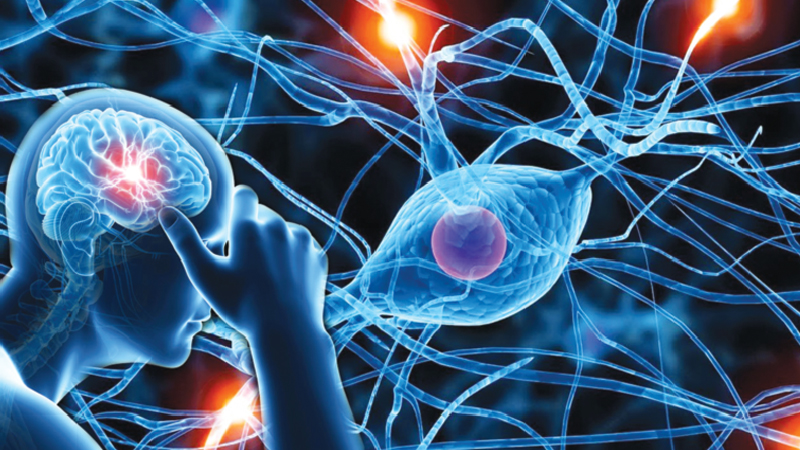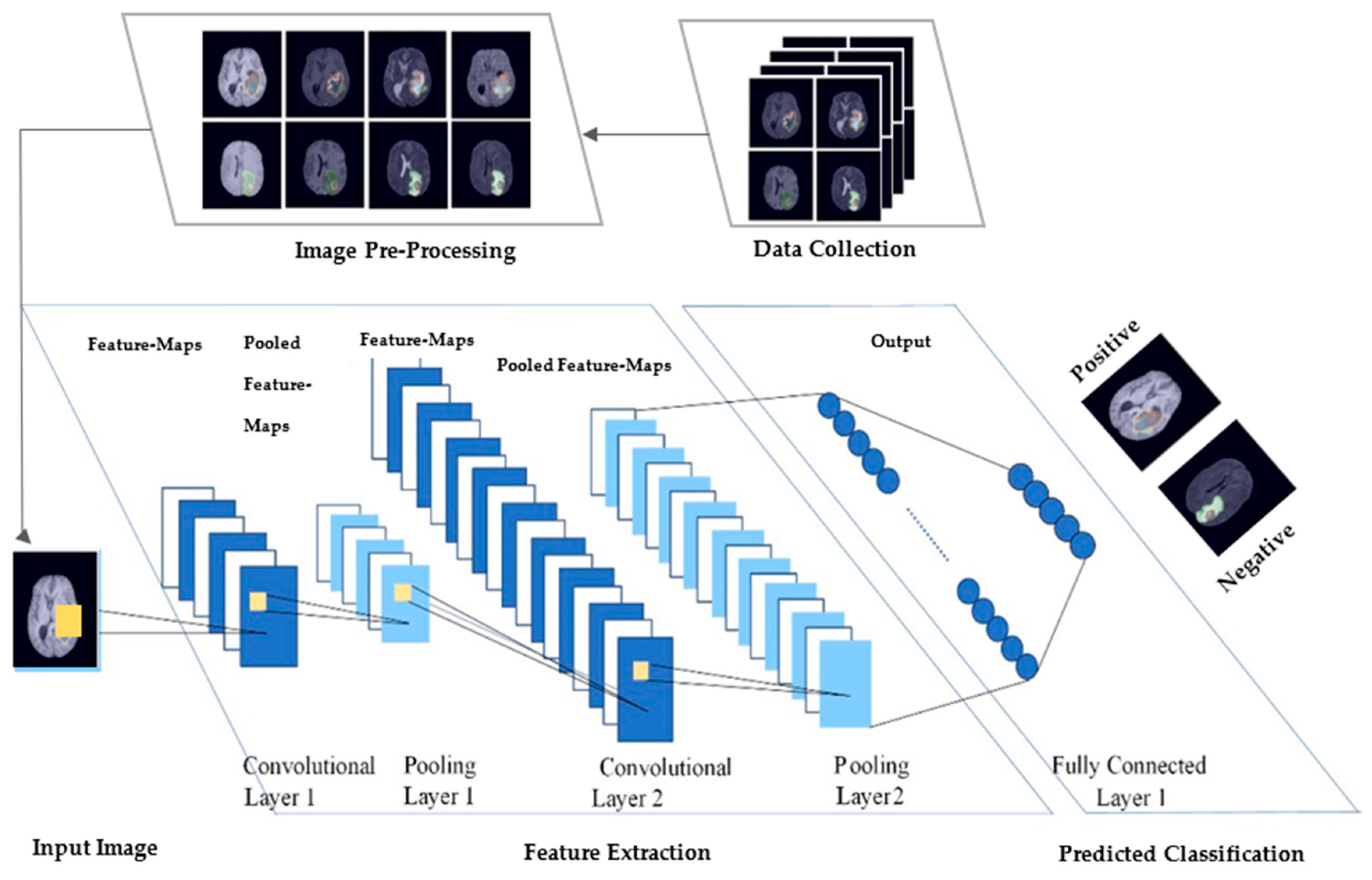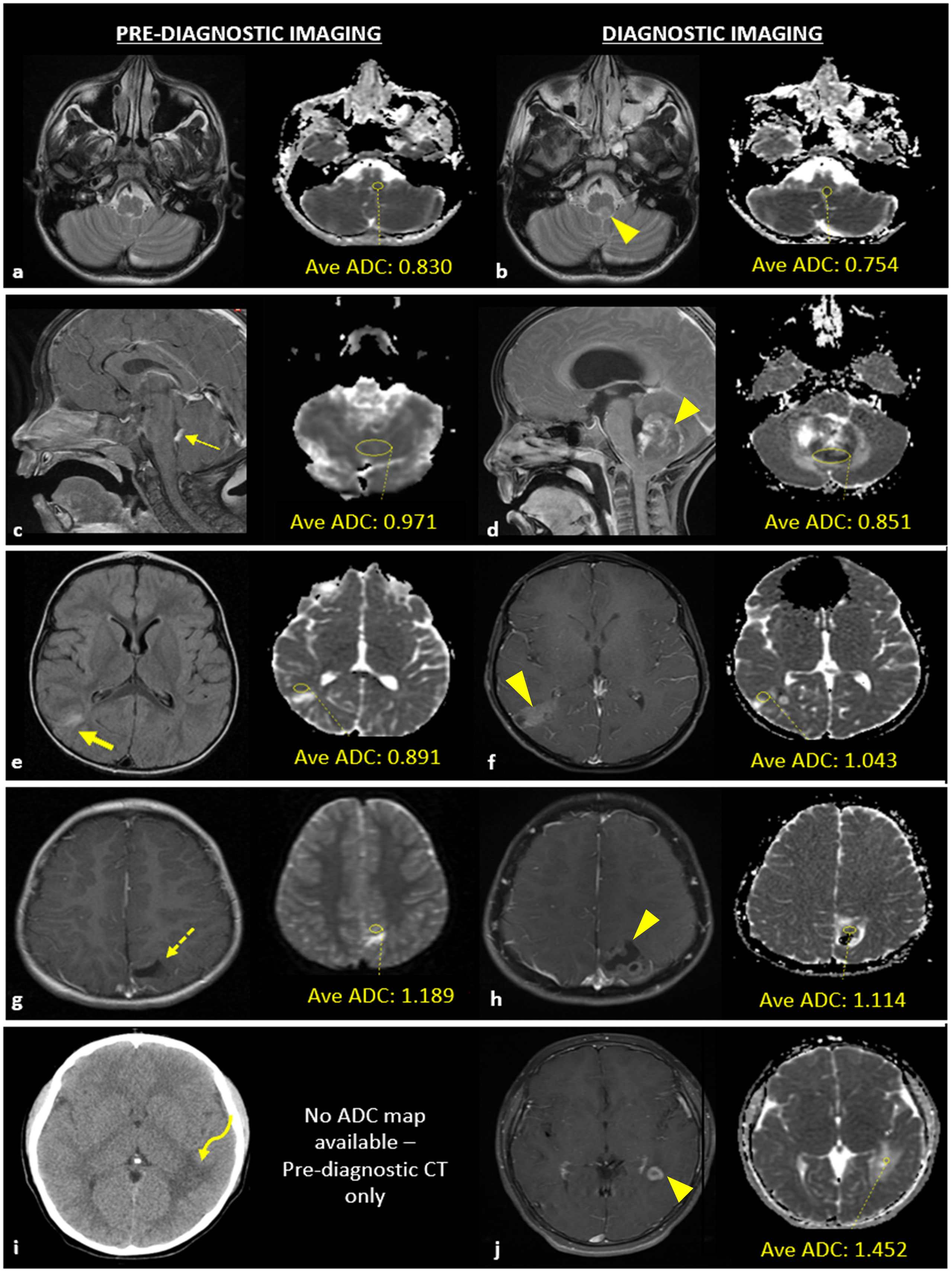
TIM-3 therapy for Alzheimer’s is emerging as a groundbreaking approach that leverages the immune system to tackle one of the most challenging aspects of this neurodegenerative disease. Recent research demonstrates that inhibiting the TIM-3 checkpoint molecule can enable microglia to effectively clear amyloid plaques in the brain, thus potentially improving cognition in Alzheimer’s patients. The study’s findings suggest a novel Alzheimer’s treatment path, where removing the suppressive effects of TIM-3 paves the way for enhanced functioning of brain immune cells. As this innovative strategy unfolds, it not only highlights the importance of immune system dynamics in tackling plaque accumulation but also promises a new frontier in the fight against cognitive decline. With continued exploration and development, TIM-3 therapy may lead to significant breakthroughs in restoring memory and enhancing quality of life for those affected by Alzheimer’s.
A breakthrough in the fight against Alzheimer’s disease may lie in the innovative use of immune system modulators, particularly focusing on the TIM-3 checkpoint molecule. This research offers hope for alternative Alzheimer’s interventions by allowing brain immune cells known as microglia to remove damaging plaques, linked to cognitive impairment. Recent studies suggest that targeting the mechanisms behind these checkpoint molecules could offer a viable strategy for improving cognitive function. The implications are profound, as this tailored immune strategy not only has potential applications in Alzheimer’s treatment but could also reshape our understanding of how to manage brain health proactively. By forging connections between immune response and neurodegeneration, this line of inquiry could lead to practical solutions for reducing plaque burdens and enhancing memory preservation.
Understanding TIM-3 and Its Role in Alzheimer’s Disease
TIM-3, or T cell immunoglobulin and mucin-domain containing-3, is a crucial checkpoint molecule that plays a pivotal role in regulating the immune response in the brain. This biomolecule functions similarly to a gatekeeper, ensuring that once the immune system has successfully activated to combat infections, it does not remain overactive. In the context of Alzheimer’s disease, TIM-3 has garnered attention because of its link to the pathophysiology of late-onset AD. Research indicates that high expression levels of TIM-3 on microglia, the brain’s resident immune cells, may inhibit their ability to clear amyloid plaques, which are characteristic of Alzheimer’s pathology, ultimately leading to cognitive decline and memory loss.
The implications of TIM-3 expression extend beyond just a biological explanation of Alzheimer’s disease; they present a potential therapeutic target. By manipulating TIM-3 levels, researchers could devise strategies to enhance microglial activity against these neurotoxic plaques. This connection adds a new dimension to the immune system’s strategy, one that not only emphasizes protection but also showcases a pivotal offensive capability against Alzheimer’s. Understanding the mechanisms by which TIM-3 functions in the brain could lead to innovative Alzheimer’s treatments that focus on restoring cognitive function by boosting the brain’s innate defensive capabilities.
The Mechanism Behind TIM-3 Inhibition
Microglia are essential for maintaining brain homeostasis, and their dynamic role underscores the importance of TIM-3 in Alzheimer’s therapy. When activated, microglia exhibit increased levels of TIM-3, which effectively puts the brakes on their ability to phagocytose amyloid beta plaques—debris that contributes to the neurodegenerative processes of Alzheimer’s. This homeostatic mechanism is designed to prevent microglia from excessive pruning of synapses, as it prevents the loss of useful memories. However, in aging and Alzheimer’s disease, this mechanism hinders the clearance of toxic aggregates, leading to a compounding plaque burden, and subsequent impaired cognition.
The inhibition of TIM-3 offers a compelling strategy for reactivating microglial cells’ plaque-clearing ability. By using therapeutic approaches like anti-TIM-3 antibodies, researchers can potentially reverse this detrimental state, encouraging microglia to resume their role in maintaining neural health. As experimental therapies evolve, understanding the nuanced behavior of microglia in Alzheimer’s will be crucial. This could lead to more targeted interventions that not only prevent plaque accumulation but also enhance general cognitive function among affected individuals.
Potential of TIM-3 Therapy for Alzheimer’s
The research into TIM-3 therapy represents a groundbreaking frontier in Alzheimer’s treatment. Current approaches aimed at targeting amyloid plaques have seen limited success, making the exploration of TIM-3 a promising avenue. By blocking the inhibitory actions of TIM-3 on microglia, it is possible to facilitate an enhanced immune response against the amyloid beta deposits. Initial studies in murine models have shown that this therapeutic strategy may restore some degree of function and improve memory capabilities, suggesting a potential pathway forward for human application.
Moreover, the innovative approach of leveraging existing anti-TIM-3 antibodies, previously utilized in cancer treatments, could expedite the development of therapies tailored for Alzheimer’s patients. This repurposing strategy not only saves time in drug development but also harnesses a treatment that has already demonstrated efficacy in modulating immune responses. The success of TIM-3 therapies could reshape Alzheimer’s treatment paradigms, promoting a shift towards immunological strategies as a viable means to combat one of the most challenging aspects of neurodegeneration.
The Role of Microglia in Alzheimer’s Disease
Microglia are integral to brain health, acting as the primary immune defenders within the central nervous system. In Alzheimer’s disease, the dysfunction of these cells plays a significant role in the exacerbation of the disease. Under normal circumstances, microglia help prune unnecessary synapses during brain development and respond to potential threats. However, in the context of Alzheimer’s, they become hindered due to the onset of amyloid plaques and increased TIM-3 expression. This results in a stark failure in the clearance of toxic substances from the brain, leading to inflammation and further cognitive decline.
The emerging evidence suggests that targeting microglial behavior could be essential for developing effective Alzheimer’s treatments. By employing strategies that minimize TIM-3’s inhibitory influence, researchers aim to reactivate these immune cells, allowing for the resumption of their normal plaque-clearing function. By doing so, it may be possible not only to delay the progression of Alzheimer’s but also to restore some degree of cognitive function, underscoring the microglia’s promising role in future therapeutic frameworks.
Checkpoint Molecules as Therapeutic Targets
Checkpoint molecules, such as TIM-3, have gained prominence in the realm of therapeutic development, significantly stemming from their established role in cancer treatment. In systemic conditions like cancer, these molecules act to prevent the immune system from attacking tumors, which inadvertently formulates a parallel understanding in neurodegenerative diseases. The challenge lies in discerning when these inhibitory signals are beneficial versus harmful, as their role shifts dramatically in the context of Alzheimer’s disease.
By understanding the dual role of checkpoint molecules, researchers can strategically target and centralize their therapeutic efforts. The reprogramming of checkpoint molecules like TIM-3 to bolster immune responses in Alzheimer’s could lead to innovative treatments. Through this lens, the research into checkpoint molecules continues to reveal invaluable insights that could bridge the gap between cancer immunotherapy and neurodegenerative disease management, presenting a holistic approach to enhance cognitive function and treat underlying conditions.
Exploring the Genetic Factors of Alzheimer’s
Genetic research has illuminated various pathways involved in Alzheimer’s disease, with TIM-3 being a critical genetic factor. The polymorphisms associated with the TIM-3 gene (HAVCR2) have been shown to increase susceptibility to Alzheimer’s, underscoring the importance of genetic predisposition in the disease’s development. This element of genetic risk gives researchers hope for developing targeted therapies that take into account individuals’ unique genetic backgrounds.
By understanding how specific genetic variants influence the expression and function of TIM-3, it may be feasible to create personalized treatment plans for Alzheimer’s patients. Insights gained from genomic studies can guide the implementation of TIM-3-based therapies and assist in identifying which patients might benefit most from such interventions. Furthermore, integrating genetic screening into Alzheimer’s diagnostics could significantly enhance early detection and proactive management of the disease.
Future Directions in Alzheimer’s Research
The future of Alzheimer’s research is promising, particularly with the growing recognition of the role of immune system strategies in addressing the disease. Investigations into the TIM-3 molecule are paving the way for novel therapeutic pathways that may revolutionize the way clinicians approach Alzheimer’s treatment. As researchers endeavor to unravel the complexities of the immune response in the central nervous system, new methods to harness this understanding for therapeutic benefits are rapidly materializing.
Furthermore, the potential translation of laboratory findings into clinical practice is on the horizon, especially with ongoing studies examining the efficacy of TIM-3 inhibition in human models. The journey from bench to bedside will undoubtedly involve rigorous testing and trials, but the prospects of successfully employing immune modulation to combat Alzheimer’s provide a hopeful outlook for patients and families affected by this devastating condition.
Clinical Implications of TIM-3 Targeting
The clinical implications of targeting TIM-3 in Alzheimer’s therapy extend far beyond mere plaque removal; they encompass a broader strategy of neuroprotection and cognitive enhancement. By revitalizing microglial function and restoring their ability to clear amyloid plaques, TIM-3 therapies could represent a paradigm shift in Alzheimer’s treatment. The promise of restoring cognition and enhancing memory retention could offer hope where traditional therapies have fallen short.
As ongoing trials continue to validate the impact of TIM-3 on disease progression, the medical community is keenly observing the potential ripple effects this could have on clinical practice. If successful, these interventions could transform not only Alzheimer’s patient outcomes but also the approach taken towards other neurodegenerative diseases where immune dysfunction is a contributing factor. This showcases how breakthroughs in one area of neurology can lead to expansive benefits across the field.
A Look at Current Alzheimer’s Treatments
Current treatments for Alzheimer’s disease primarily focus on managing symptoms rather than altering the course of the disease. Most approved medications utilize cholinesterase inhibitors or NMDA receptor antagonists to moderate cognitive symptoms. However, these treatments have limited efficacy and do not address the underlying pathogenic processes, namely plaque accumulation and neuroinflammation. The advent of immunotherapeutic approaches, including TIM-3 targeting, presents a potential shift in this paradigm, aiming to attack Alzheimer’s from a novel angle.
As researchers and clinicians explore the full potential of immune modulation through TIM-3 therapies, there is cautious optimism regarding the future of Alzheimer’s treatment. These innovative strategies aim to enhance cognitive function and slow down disease progression while offering a different therapeutic avenue in conjunction with existing pharmacological treatments. The integration of emerging therapies with current treatment regimens may unlock enhanced patient outcomes, underscoring the importance of a multi-faceted approach to combating Alzheimer’s disease.
Frequently Asked Questions
What is TIM-3 therapy for Alzheimer’s and how does it work?
TIM-3 therapy for Alzheimer’s involves blocking the TIM-3 checkpoint molecule, which inhibits the brain’s immune cells, known as microglia, from engaging in plaque-clearing activities. By disabling this molecule, microglia are freed to attack and clear amyloid beta plaques linked to Alzheimer’s, thereby improving cognition. This innovative approach repurposes cancer treatment strategies for Alzheimer’s treatment.
How does TIM-3 relate to improved cognition in Alzheimer’s disease?
The presence of the TIM-3 checkpoint molecule in microglia prevents these immune cells from attacking harmful plaques in the Alzheimer’s-affected brain. Research has shown that deleting TIM-3 in laboratory mice led to improved cognition, as this allowed microglia to effectively clear plaques and restore memory functions.
Why are checkpoint molecules like TIM-3 important in Alzheimer’s treatment?
Checkpoint molecules like TIM-3 serve as regulators for the immune response. In Alzheimer’s treatment, inhibiting TIM-3 enables microglia to become active rather than homeostatic, thus aiding in the clearance of microglia plaques. This pivotal shift can lead to improved Alzheimer’s treatment outcomes by restoring cognitive functions.
What role do microglia and TIM-3 play in the pathology of Alzheimer’s?
Microglia act as the brain’s immune cells, responsible for clearing out amyloid plaques that contribute to Alzheimer’s disease. The TIM-3 molecule inhibits microglial activity, preventing them from removing these plaques. Therefore, targeting TIM-3 with therapy could enhance the ability of microglia to clear harmful deposits and mitigate cognitive decline.
What could the future look like for TIM-3 therapy in Alzheimer’s disease?
Future TIM-3 therapy for Alzheimer’s disease could involve the use of anti-TIM-3 antibodies or small molecules designed to block TIM-3’s inhibitory function. This strategy has the potential to effectively halt plaque development and enhance cognitive functions, drawing from successful applications in cancer immunotherapy to bring new hope to Alzheimer’s treatment.
What is the significance of recent research on TIM-3 and Alzheimer’s therapy?
Recent research indicates that TIM-3 has a crucial role in the development of Alzheimer’s disease, linking its expression to plaque persistence in the brain. By focusing on inhibitors of TIM-3, this research opens avenues for groundbreaking therapies that could improve cognition and overall brain health in Alzheimer’s patients.
How does deleting TIM-3 affect Alzheimer’s mice models?
In studies where TIM-3 expression was genetically deleted in mice, researchers observed a significant decrease in amyloid plaque levels and improvements in cognitive behavior. This demonstrates how disabling TIM-3 allows microglia to engage more effectively in plaque clearance, offering vital insights for potential Alzheimer’s treatments.
| Key Point | Description |
|---|---|
| What is TIM-3? | TIM-3 is an immune system checkpoint molecule that inhibits the activity of microglia in the brain. It helps regulate immune responses by preventing excessive activation. |
| Research Background | The study, led by Vijay Kuchroo, focuses on how inhibiting TIM-3 can enhance microglial activity, improving cognitive function in mice. |
| Findings on Alzheimer’s | Deleting TIM-3 expression in mice led to better clearance of amyloid plaques and improved memory, suggesting potential for TIM-3 therapy in humans. |
| Potential Treatment | Future TIM-3 therapy could involve antibodies or small molecules to inhibit TIM-3, possibly reversing cognitive decline in Alzheimer’s patients. |
| Timeliness and Collaboration | This research spans five years and is a collaborative effort between multiple teams to explore TIM-3’s function in Alzheimer’s disease. |
Summary
TIM-3 therapy for Alzheimer’s represents a promising breakthrough in treating this debilitating disease. By targeting and inhibiting the TIM-3 checkpoint molecule, researchers have shown that it is possible to enhance the brain’s immune response to clear harmful amyloid plaques, thereby improving cognitive function in affected individuals. As the research progresses, the potential for TIM-3 therapy to alter the course of Alzheimer’s provides hope for more effective treatments in the future.




